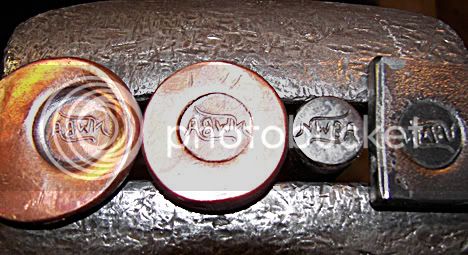flashpanner
45 Cal.
- Joined
- Dec 31, 2004
- Messages
- 564
- Reaction score
- 0
Have some ?? about forging. (no not illegal documents or checks!! :grin: ) Any one doen weld forging with dissimilar alloys? I am interested in welding black iron with plow share. Why one might ask? I want a metal that can be hardened in a wear zone but keep a softer steel in a non critical area, i.e. a trigger. I want a hardenable steel where the sear is but soft where the finger pull is. Anybody have much luck using Borax soap as a flux?





















